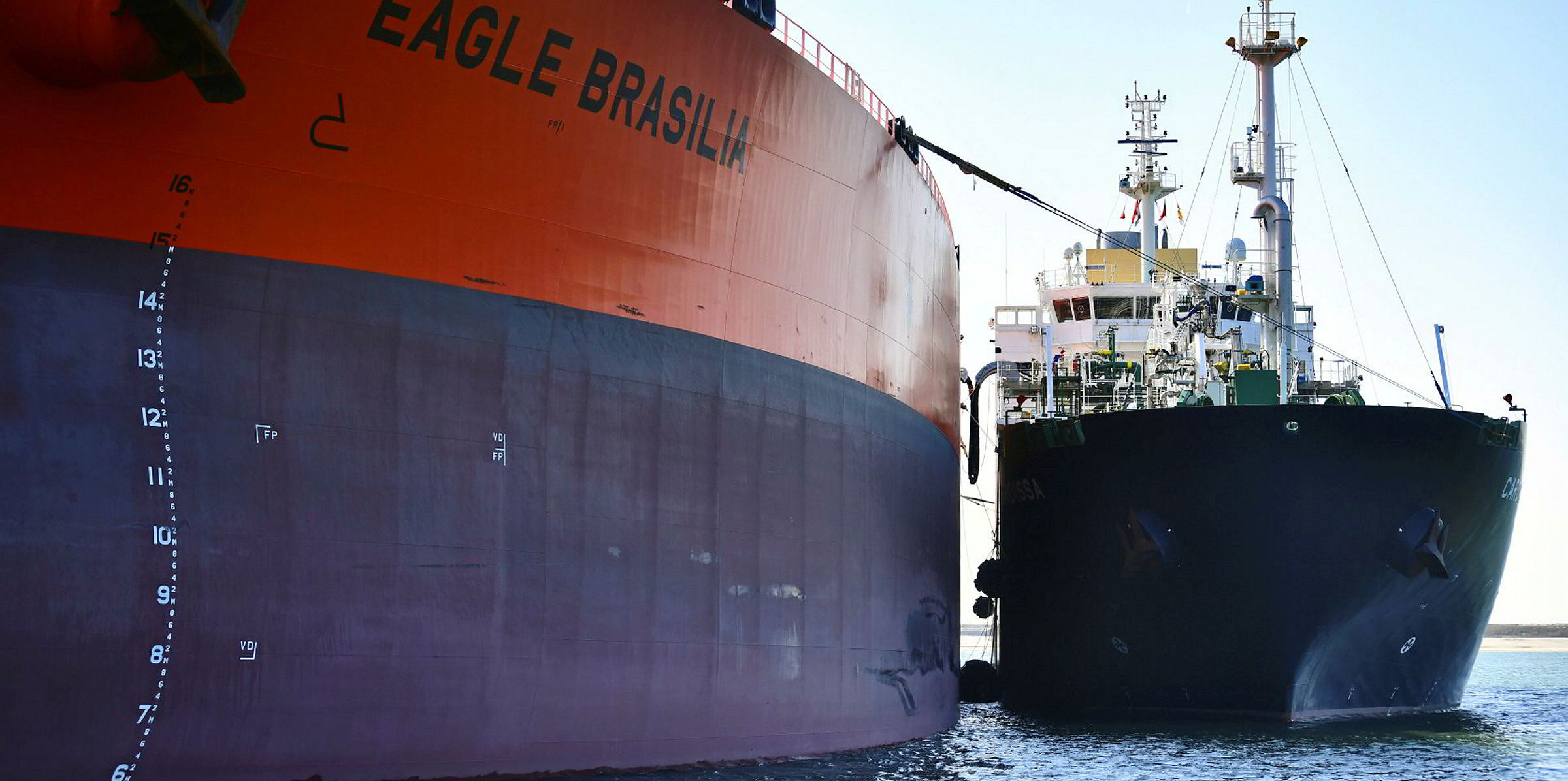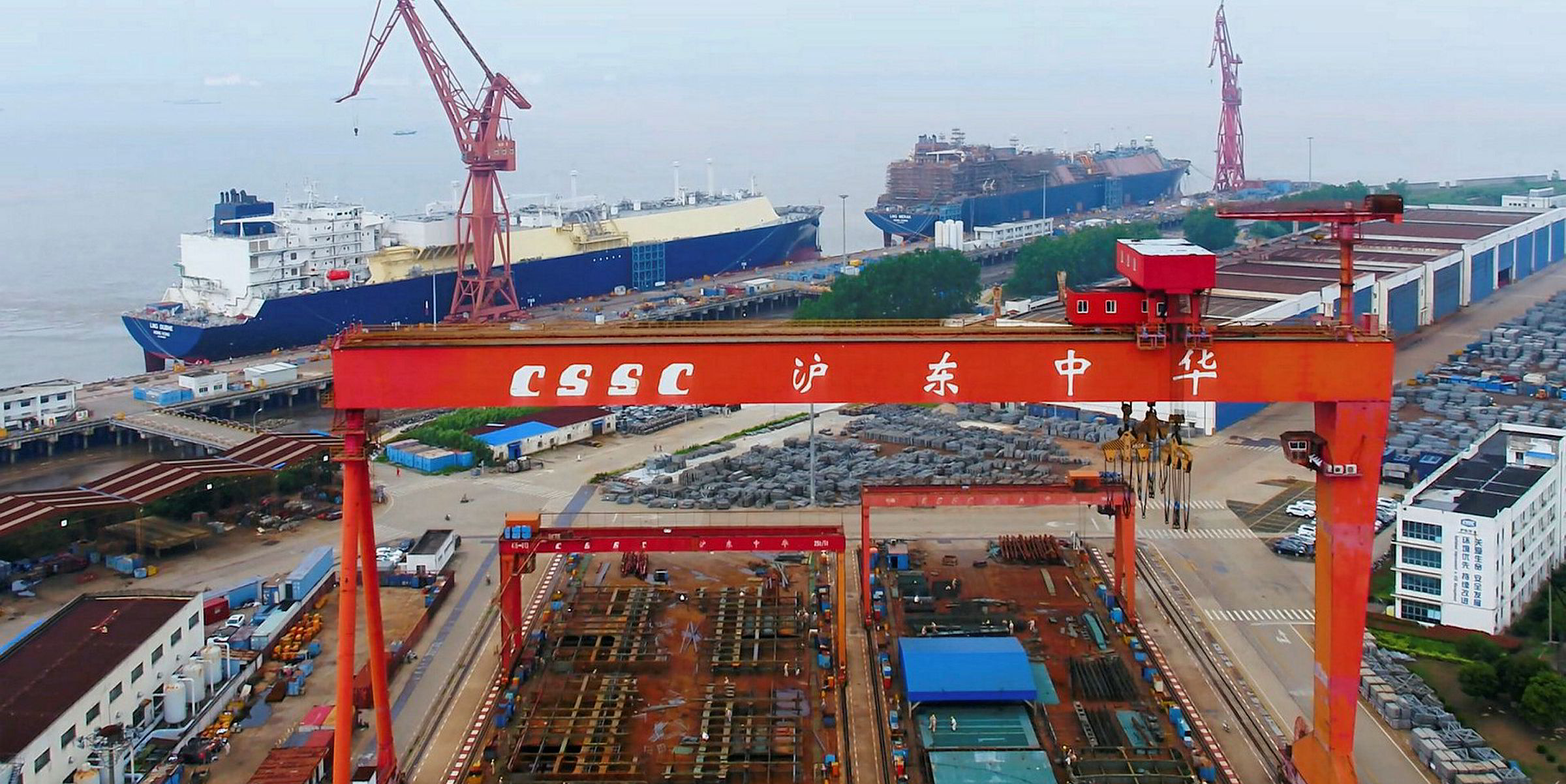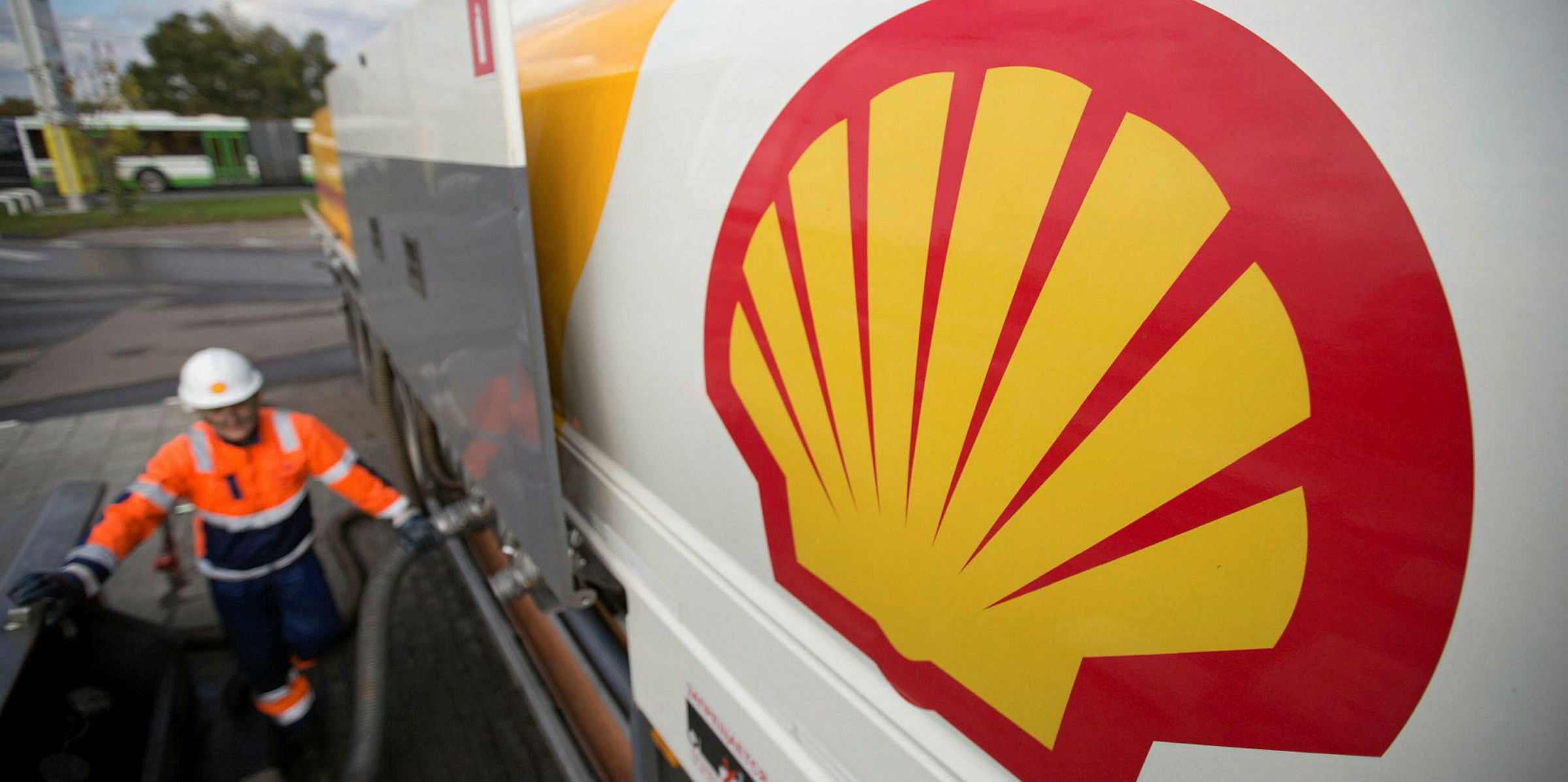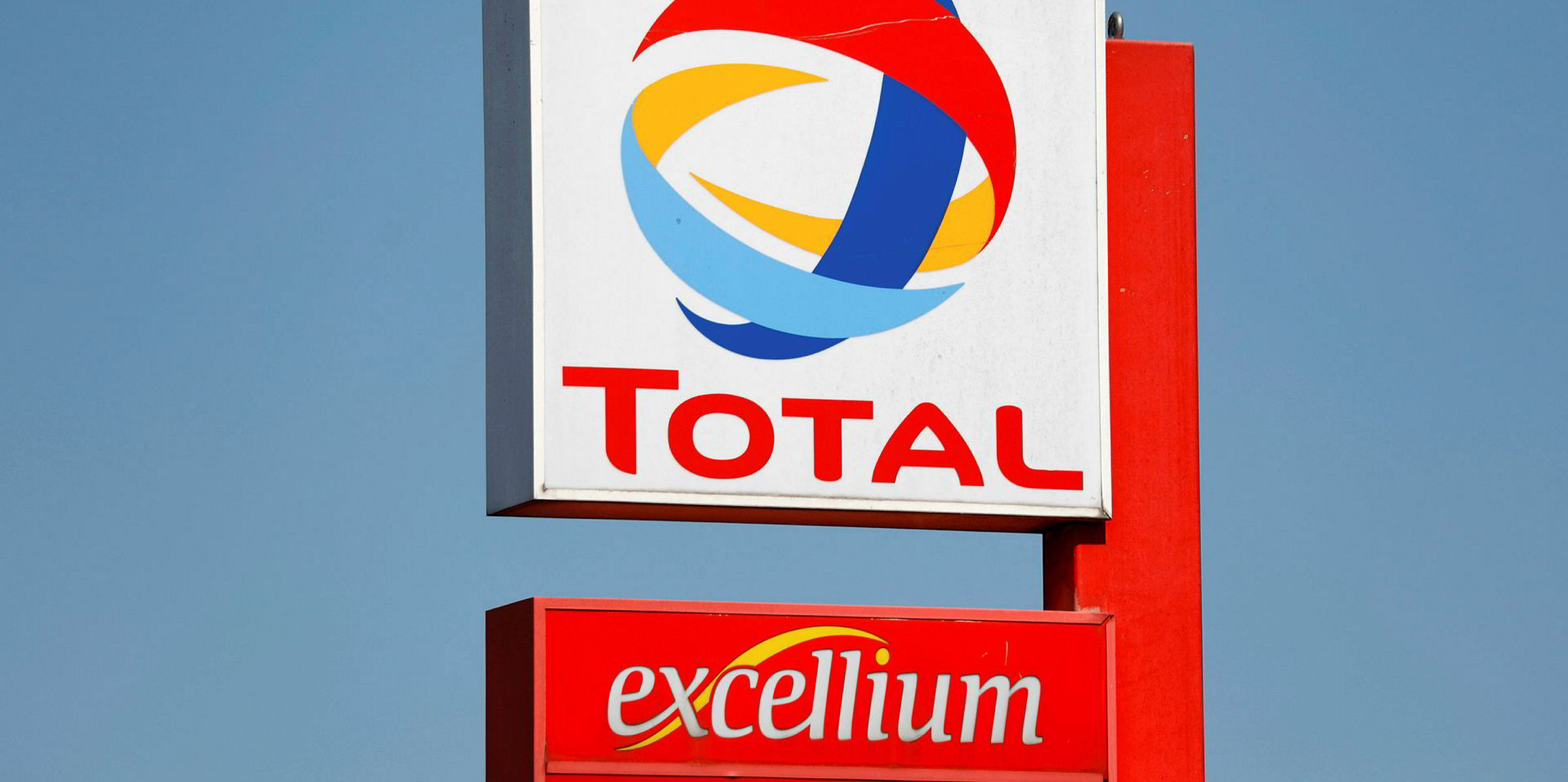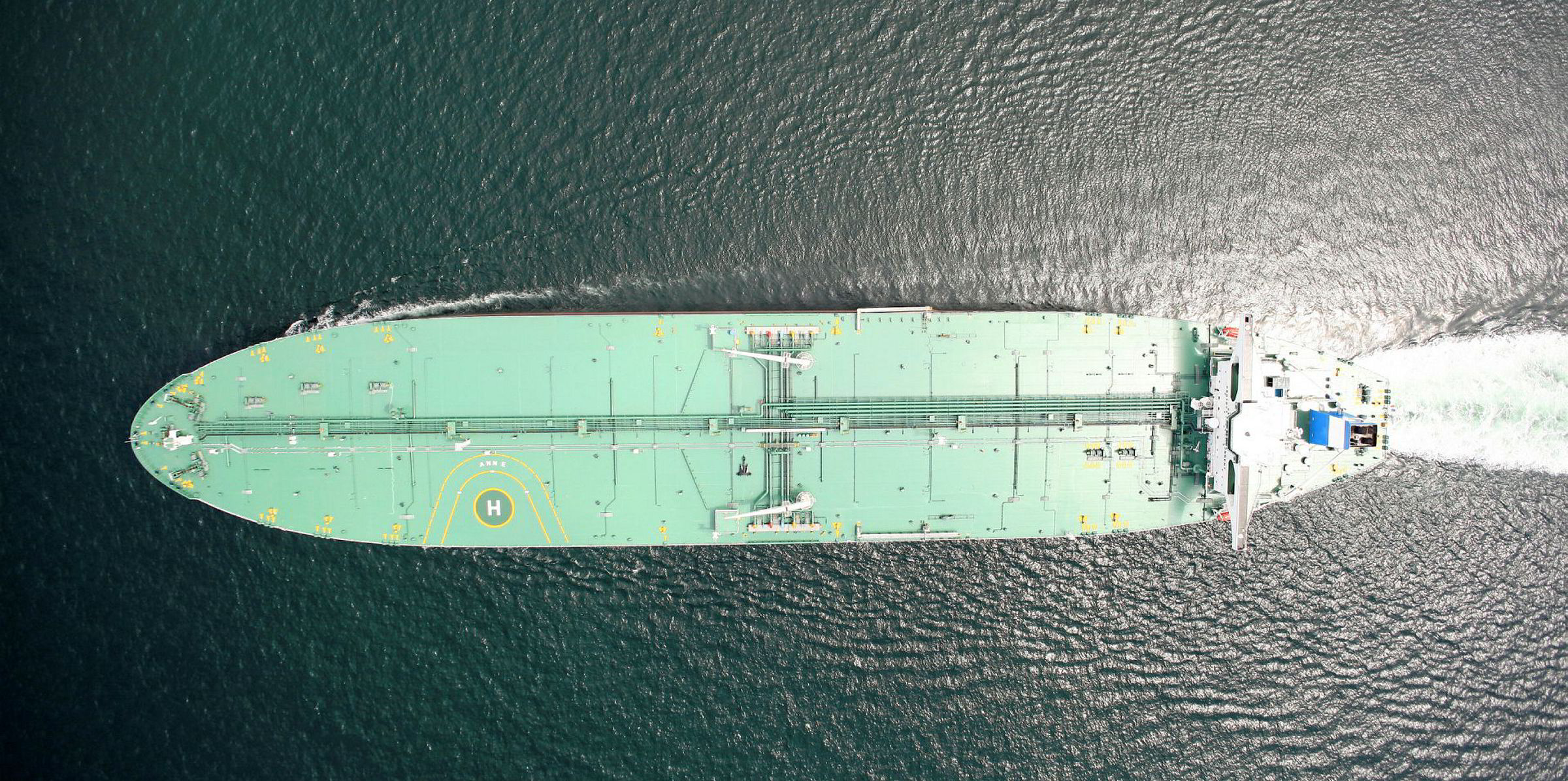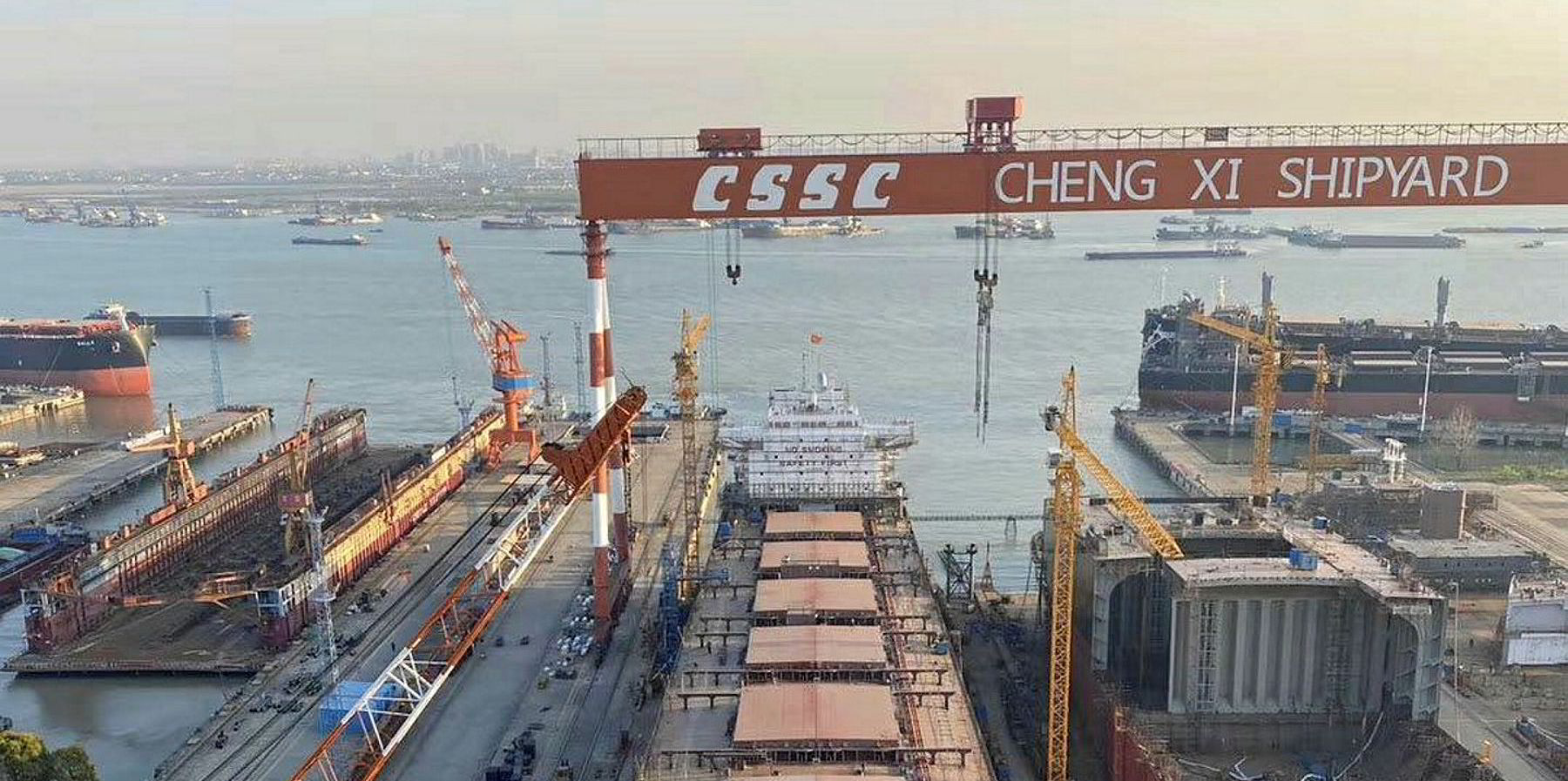There are now three LNG-fuelled VLCCs on order and 12 known newbuildings under discussion at shipyards.
TradeWinds revealed one of these projects last week when it reported on S ONE Capital’s letter of intent for six vessels.
But the rationale for building dual-fuelled VLCCs seems strewn with more hurdles and questions than for other shipping sectors.
A key question for any shipowner or operator looking at using LNG as a fuel is the availability of supply infrastructure.
Shipowner AET has ordered two of the three firm dual-fuelled VLCCs on order, signing contracts on the 2022-delivering ships in April after securing long-term charters with Total.
Straightforward
AET president and chief executive Captain Rajalingam Subramaniam said the VLCC trade is generally predictable, so, unlike the tramp market, it is “fairly straightforward” to install the required infrastructure.
Rajalingam said AET is seeing an improvement in LNG bunkering infrastructure, which is accelerating more rapidly than expected.
In Europe, it is already mature, and is growing fast in Singapore, Malaysia, South Korea and China. He believes the Mediterranean, Middle East and US Gulf-Caribbean region will follow by 2023.
“The gap is South America and Africa, where we hope clients who are long on gas will develop the infrastructure soon as part of their portfolio,” he said.
Rajalingam said that for a typical LNG dual-fuel VLCC to have a sailing range of around 74,000 km (40,000 nautical miles), translating to about 147 sailing days, LNG consumption per day is estimated at 60 tons, or 125 cbm.

“The sailing range means that there wouldn’t be an issue when trading on long-haul routes even if the LNG bunkering infrastructure may not be fully in place when our vessels will be delivered in two years,” he said.
LNG cargo tank designer GTT has mapped out the main trading routes for VLCCs.
In a webinar, product line manager Pascal Ta said that for an owner ordering a newbuilding today, supply and bunker vessels will be available on key VLCC routes, including on the longer leg from the US to Asia.
Ta said VLCCs sailing between the US and Asia would need between 12,000 cbm and 14,000 cbm of LNG bunkers to complete a round trip, with those on the West Africa to Asia route requiring 9,000 cbm to 10,000 cbm and Middle East to Far East trading ships 6,000 cbm to 8,000 cbm.
But he said the challenge with LNG is that it takes up more volume than conventional fuels and deciding where to site such a large volume of bunkers without losing cargo space can be an issue on a VLCC.
To date, tankers using LNG as a fuel are siting type-C bunker tanks on deck.
“The size is specific to customer requirements, which, in turn, depends on their intended trading pattern,” Rajalingam said, explaining that the placement is usually dictated by the yard design and the type depends on customer requirements or owner’s choice.
Technical limit
“Our VLCCs are type-C tanks and were chosen based on a joint study we conducted with class.”
But Ta suggested there may be a technical limit for on-deck tanks. As an alternative, GTT’s design envisages a membrane-type tank located in the cargo area between the two longitudinal bulkheads.
VLCC charterers and owners target cargo capacity of 2.1m barrels of crude at 98% of the vessel’s filling level.
For ships fitted with 6,000-cbm or 9,000-cbm membrane LNG bunker tanks, it is possible to achieve this filling level without modifying the vessel, Ta said.
But for VLCCs requiring a 14,000-cbm membrane-type LNG bunker tank, the available cargo volume would be reduced to 2.06m barrels.
To circumvent this problem and keep the cargo volume, Ta said the depth of the vessel could be increased, but to maintain the draught, deadweight would need to be saved by shedding some heavy fuel oil systems.
GTT has validated a design for this with Dalian Shipbuilding Industry Co and Lloyd’s Register, which has received approval in principle.

Whether an owner chooses type-C or membrane tanks, it faces paying a higher price for a dual-fuelled VLCC.
Rajalingam said that in two years, AET has seen the capital expenditure (capex) fall, encouraging a wider adoption of LNG than it had expected. Its VLCCs for Total are reported to be priced at slightly under $105m each.
“In general, an LNG dual-fuel VLCC might require an additional capex investment of around 10%, but that is soon outweighed by the economic advantage of burning LNG instead of fuel oil,” he added.
Ta said the current delivered costs are still high because LNG is an emerging market, but these will come down as more infrastructure and bunker vessels are rolled out.
Business case
He showed a business case for a VLCC equipped with a 14,000-cbm fuel tank.
When the cost of low-sulphur fuel oil is around $60 per barrel, the payback period on the additional capex for building an LNG-fuelled VLCC is 10 years. That falls to five years at $80 per barrel.
Ta admitted that oil at $40 per barrel makes the case for LNG more difficult, but he said there is room for improvement, as the cost of bunkering is expected to decrease.
“Most importantly, though, an LNG-powered vessel has a significantly lower carbon footprint and is viewed as the optimum transient fuel that will take us towards IMO 2050,” Rajalingam said. “We see a great opportunity for VLCCs and suezmax segments.”
